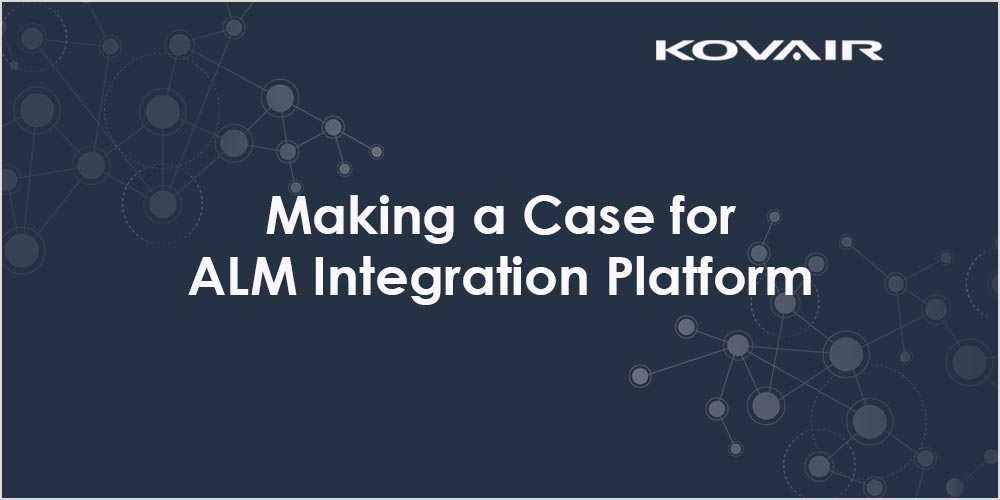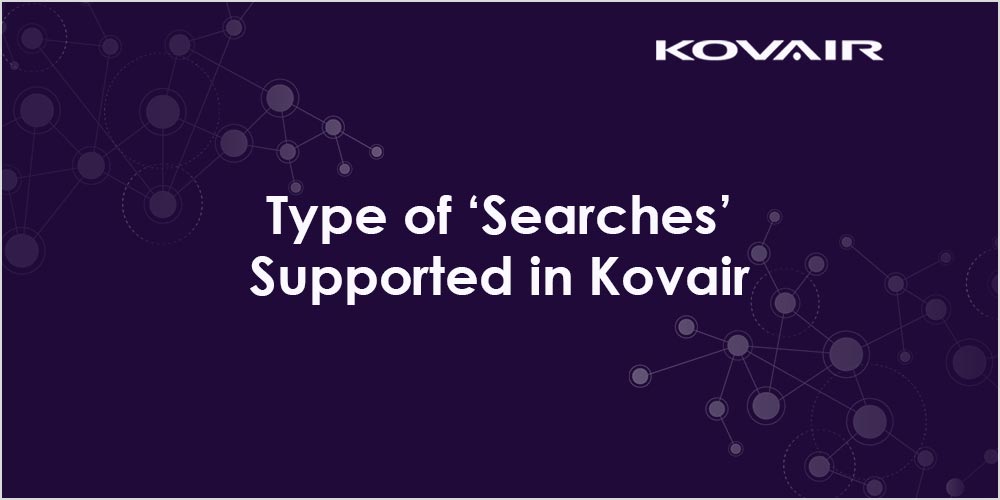
Ignorance of SDLC (Software Development Life Cycle) complicates the project creation process. SDLC implies a specific methodology with a direct process of creating software solutions, every development stage of which is described in detail.
This article will depict the SDLC notion, its peculiarities, and challenges to overcome.
What is the Software Development Life Cycle?
SDLC is a method and order of development stages that are required to build the product efficiently and qualitatively. It may be applied for projects of various scales and is helpful to define the requirements and organize the workflow to meet them.
Here are seven main development phases. We’ll discuss each one in detail later.
- Gathering requirements
- Research and discovery
- Design building
- Development
- Testing
- Deployment
- Maintenance
Such popular development methodologies as Kanban, Waterfall, Scrum, and Agile were founded on the basis of SDLC. Let’s find out wherein they differ from each other:
[the_ad id=”2867″]
Waterfall
This methodology is quite strict and is perfect for projects with clarified requirements. The flow comprises completing each phase stage and proceeding to the next one only after fully finishing the previous one.
Kanban
Applying Kanban, specialists work only on the flowing tasks and proceed to the next ones after finishing. They can be easily managed, reprioritized, edited, removed, or added.
Agile
Agile software development offers gradual workflow, concentrating on stages like planning, design, development, testing, and releasing. The whole process is split into several short cycles, 2-3 weeks each. Clients can overview the final results of each finished cycle.
Scrum
This approach is excellent for developing complex projects (over 300 hours). The principle is fulfilling the tasks of the highest priority first.
Let’s compare these approaches by the following characteristics:
| Aspect | Waterfall | Kanban | Scrum | Agile |
| Project scale | Small | Any scale | Major | Any scale |
| Time | 100 hours | 300+ hours | ||
| Requirements | Defined | Undefined | ||
| Cost-efficiency | Yes | |||
| Applying | Strict defined requirements and aims | Flexibility in editing requirements | Fast changes and task prioritization | Complete results after every phase |
The significance of SDLC
The software development life cycle defines the approach to the workflow to arrange it in the most efficient and productive way. Thus, each methodology offers a more individual fulfillment of each project to meet the client’s requirements.
Besides, you are able to plan the project building with SDLC.
Software Development Stages
SDLC may vary from vendor to vendor and approach. The prevailing number of companies has a common order of stages. Let’s consider them in detail:

Step 1. Requirements defining
Aims:
- Collect and clarify clients’ requirements
- Understand the project scale
- Calculate the rough estimate
This stage requires you to provide your software development with all the necessary details about your product. To enhance an existing project, you may gather customers’ feedback, reviews, pains, and needs.
Based on your request, you will receive a document with the minimal and maximal time, and cost for your product creation called a rough estimate. If you accept the offered conditions, you sign an agreement and start analyzing your requirements.
Step 2. Analysis
Aims:
- Study the requirements
- Assess risks and deadlines
- Estimate a cost in detail
You cooperate with Business Analysts and provide other essential project peculiarities since complex and sophisticated products with a wide functionality comprise lots of ins. Every screen and feature has diverse implementation ways, which have to be clarified. Business Analysts help in determining the target audience, business goals, features, and monetization methods.
As a result, the team creates a specification that comprises user stories connected with wireframes. All features and functions are described there. Developers follow the specifications to make the final product meet your requests.

UI/UX designers are also involved during this step. They create wireframes and prototypes that display the interactive layout of all the interface elements and platform operation.

After finishing specifications, Quality Assurance engineers test the prototype. Then, software developers, UI/UX designers, and Project Manager proceed to a detailed project estimate creation.
Step 3. Design
Aims:
- Build the interface concept
- Develop the platform screens
The designers’ team develops a visual concept of the product by selecting a color palette and interface elements figuration following your requirements. You’ll receive a couple of design options to choose from.
After choosing the one variant, designers implement it on all the screens. It takes multiple development sprints. The following step is providing developers with these screens. Zeplin is a great instrument to do it.

Step 4. Development
Aims:
- Build an app architecture
- Create software implementing all the features
This significant phase is the most time-consuming. All the discussed features are created by developers and built into the solution. The platform defines your team (iOS/Android/web developers) for both front-end and back-end parts.
The workflow is usually split into sprints for a more efficient organization. In Agile, sprint implies fulfilling the determined scope of work.
Sprints’ principle:
Every sprint takes two weeks and begins with arranging a meeting. The client sets the work volume that needs to be finished.

Step 5. Testing
- Check the software performance
- Detect and get rid of bugs and failures
To achieve a smooth and seamless platform operation, QA engineers conduct various tests covering front-end and back-end parts to see how all the features work. Then, they send a report about the detected issues to builders. These specialists are indispensable participants since they check the product after every stage.
Here are come tests completed by the QA team:
- Functional tests to verify the features’ operation according to the business logic meeting the requirements.
- Negative tests to assess the software steadiness and failure endurance.
- Smoke tests to demonstrate the correct implementation of primary business logic
- Regression tests to observe the product processes mild workloads.

Step 6. Deployment
- Launch the product
- Provide users with access to it
Releasing stage comprises posting a platform on the market. Applications are launched via Apple Store/ Google Play by the software development team. Each market has its own guidelines and requirements, which are verified during 2-3 days.
Web software is usually put on the production servers and checked if it works efficiently.
Step 7. Support
Aims:
- Maintain the platform
- Update the product
Software support is an indispensable part of your business success. To maintain and enhance your product efficiently, you should choose a vendor who offers long-term cooperation conditions.
The maintenance incorporates the following aspects:
- Bug fixing
- Performance enhancement
- Code optimization
- Newest OS versions support
- Implementing extra features
- Most recent versions of third-party services support
Main pitfalls to consider during SDLC
- Neglecting the planning phase. Being laconic and attempting to save time can influence the final product since your requirements may be unclear. The more details you provide, the better. Thus, you decrease the possibility of delays and overpayments to correct the product.
- Constant revisions. Regular changes crash the business logic. Moreover, it leads to increased expenditures and development time. SDLC has an accurate building plan, so every feature requires an additional sprint.
Wrapping up
Each project demands an individual approach and development methodology. To make the workflow efficient, productive, and fast, you should find an experienced development vendor providing top-notch software engineering services. The best way to do this is to check the company’s portfolio, rates, and reviews from previous clients to ensure the final product’s quality.



Thank you for the detailed analysis of all the software development life cycle steps.